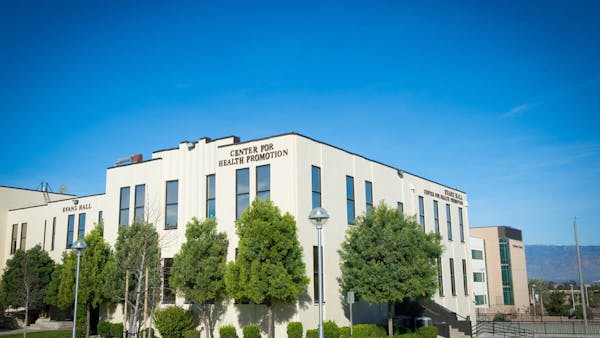THE SANITARIUM FIRE
The big buildings of the Battle Creek Sanitarium were hunkered down against the cold. It had been a frosty night and a deep blanket of snow covered the frozen ground. The night staff at the Sanitarium went quietly about their duties; checking on patients and filling out paperwork when suddenly the quiet of the early morning snapped apart with the screech of the building’s fire alarms. Patients were startled awake and staff quickly swung into action to evacuate the building. It was 4 am on February 18th 1902 and the basement of the main building of the Battle Creek Sanitarium was on fire. The fire roared through the elevator shafts and ventilation system soon engulfing the entire building in flames. The staff managed to evacuate al the patients to safety while firefighters battled the blaze but its intensity couldn’t be quelled. Before long the fire snaked across the street and wrapped itself around the five-storey hospital building as well. By 7 am that morning both buildings had been reduced to charred ruins.
When the insurance inspector came to look over the ruins of the building a few days later he commented that nothing but Divine power could have enabled the staff to evacuate all the patients safely and in time.
Only one life was lost and that not as a result of a failure to evacuate. Old man Case didn’t trust banks and liked to keep all his money stuffed in an old satchel. He was safely brought out of the building with his wife and daughter but later snuck back in unnoticed for his satchel of money. He was never seen again.
When Ellen White and Willie White heard about the fire that morning on the West Coast they were disbelieving. Ellen White wrote “I would at this time speak words of wisdom, but what can I say? We are afflicted with those whose life interests are bound up in this institution. Let us pray that this calamity shall work together for good to those who must feel it very deeply. We can indeed weep with those who weep.”

